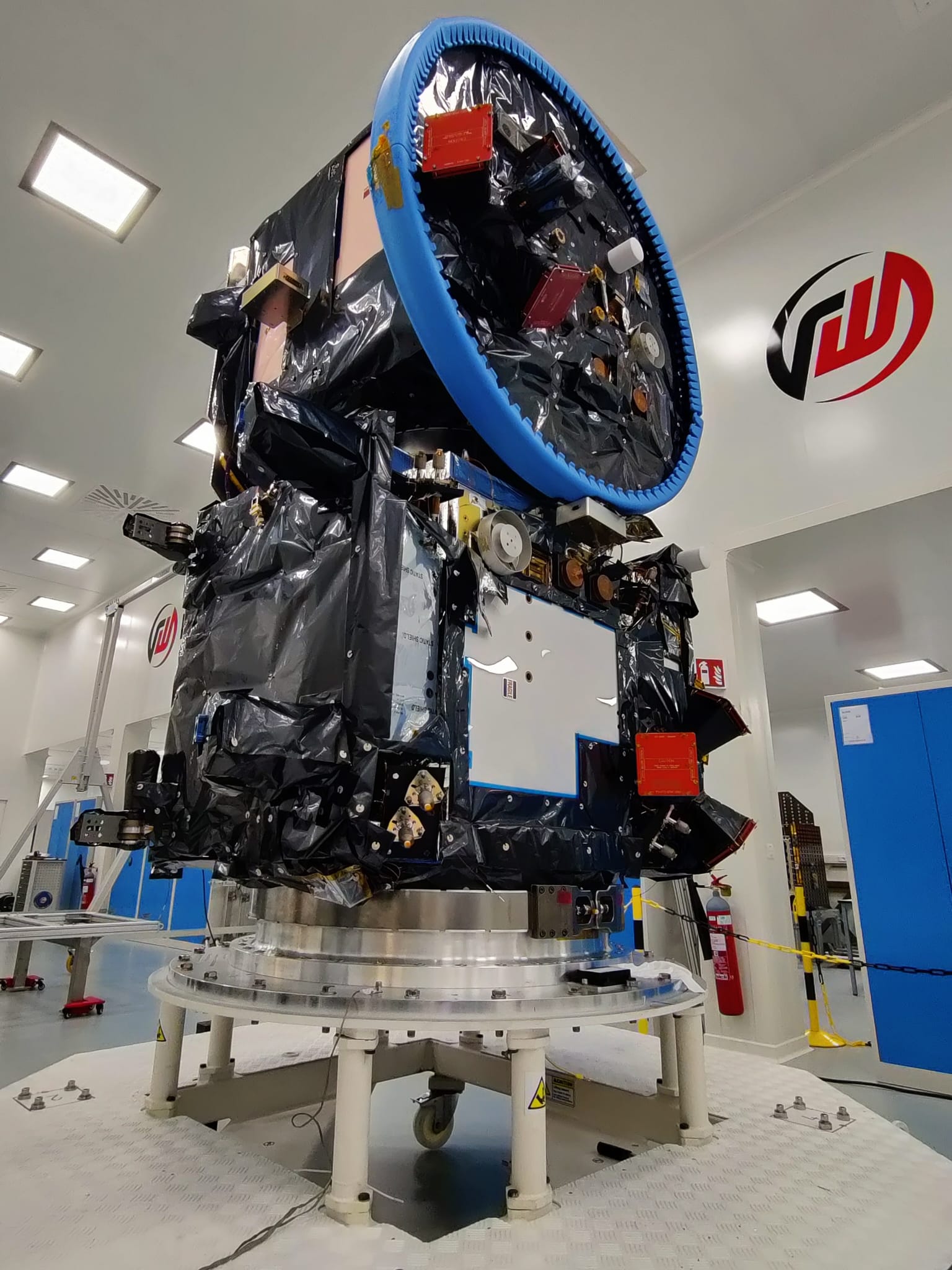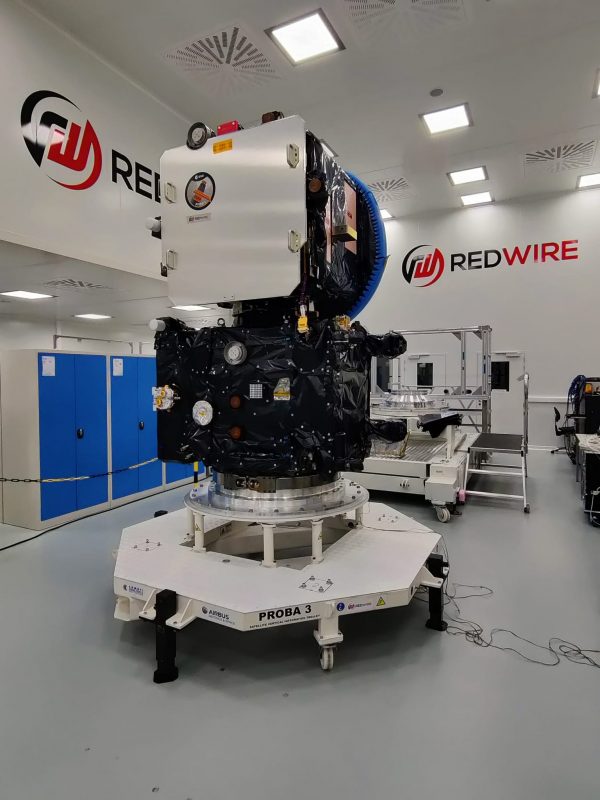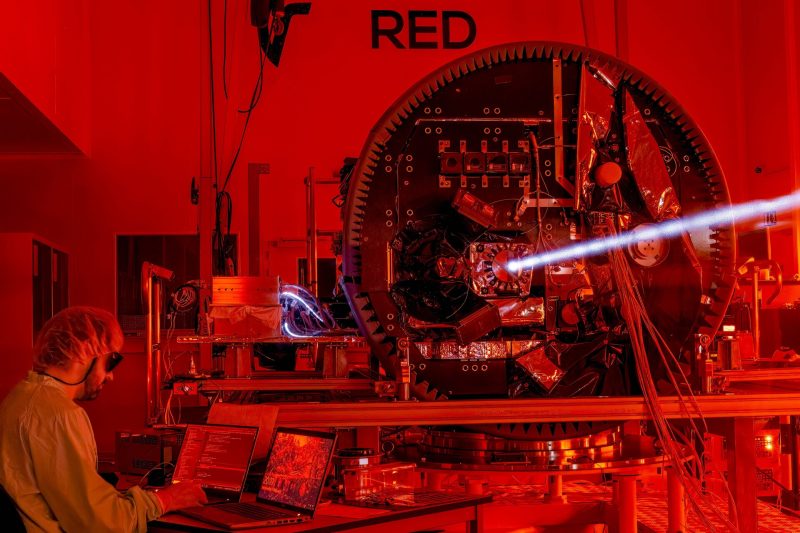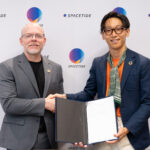
The European Space Agency’s (ESA) PROBA-3 mission, the world’s first precision formation flying mission, is set to launch later this year. Composed of two spacecraft acting as one, PROBA-3 will demonstrate formation flying technologies and rendezvous experiments for future science, astronomy and Earth observation missions that will require formation flying.
Redwire is proud to be part of the Proba-3 team. Redwire’s team in Belgium is responsible for spacecraft integration, testing, along with the onboard computer and for integration, testing, and the development of one of the technology demonstration payloads: the 3D Energetic Electron Spectrometer (3DEES), a high-fidelity 3D energetic electron spectrometer.
Following successful spacecraft integration at Redwire’s Belgium facility, the Redwire Operations team completed successful testing of both spacecraft and subunits.
Testing Milestones Completed
For the autocompatibility test, completed with Redwire partner Airbus Defense and Space, both spacecraft were stacked together, just like they will be for launch and the first month of the mission. During the test, Redwire teams checked if the electromagnetic radiation of the antennas installed on the spacecraft disturbed any of the electrical systems on board the two spacecraft. The Redwire engineering team found that there were no disturbing interferences between the subsystems.

Redwire and ESA also completed testing of the FLLS (Fine Lateral and Longitudinal Sensor) laser sensor, one of the metrology methods that P3 will use to ensure precise relative position measurements between the two spacecraft. To calibrate the FLLS measurement device, which is installed on the OSC, the ESA team set up various mirrors in Redwire’s cleanroom and placed a corner cube retroreflector (a unit analogous to the one installed on the CSC) on a robot, this way creating optical distances larger than the length of our cleanroom, and the FLLS could be calibrated using different measurement distances. Note that when in formation, the satellites will fly 144 m apart.

A Mission of Firsts
P3 will study the sun corona, one of the most dynamic regions of the sun, that also has the largest influence on earth, for example through solar flares or even larger scale phenomena called coronal mass ejections. P3 is also the first precise formation flying demonstrator. Precise formation flying avoids the financial and technical problems associated with building one satellite of equivalent size and provides flexibility to the mission.
Read more about Proba-3 and successful integration at Redwire’s Belgium facility here.




